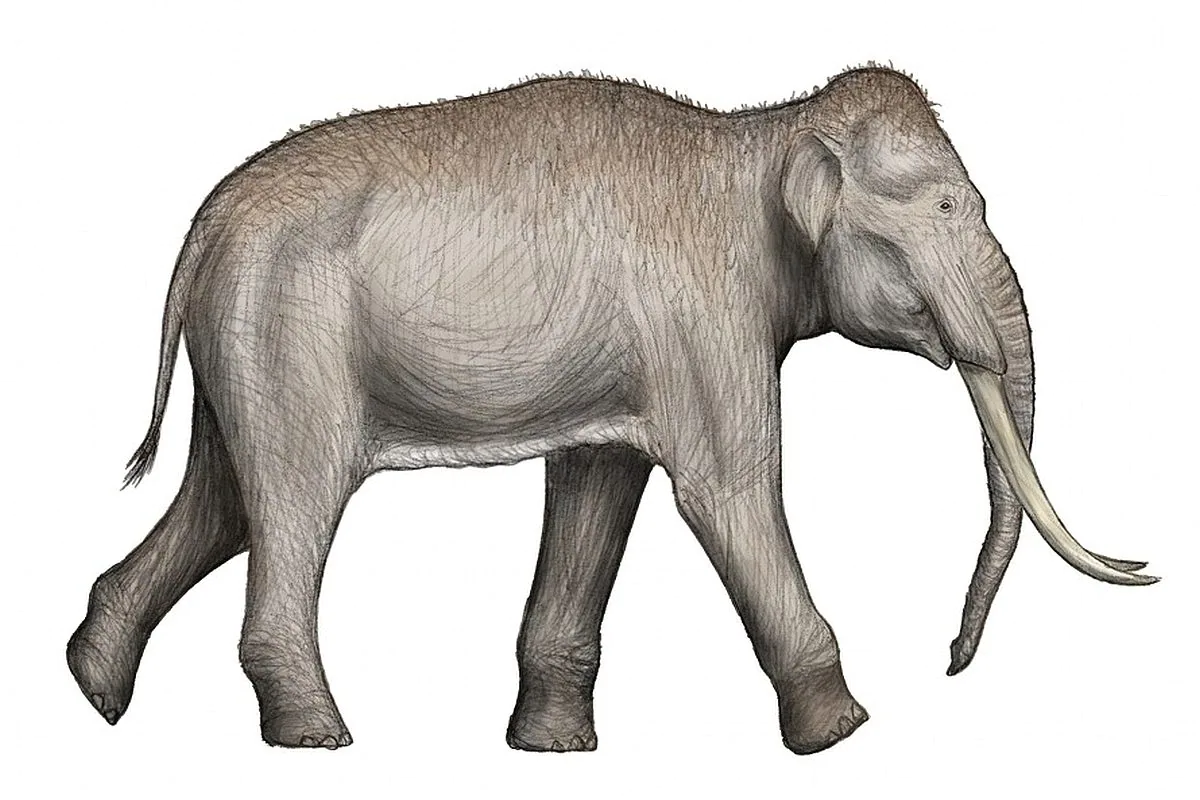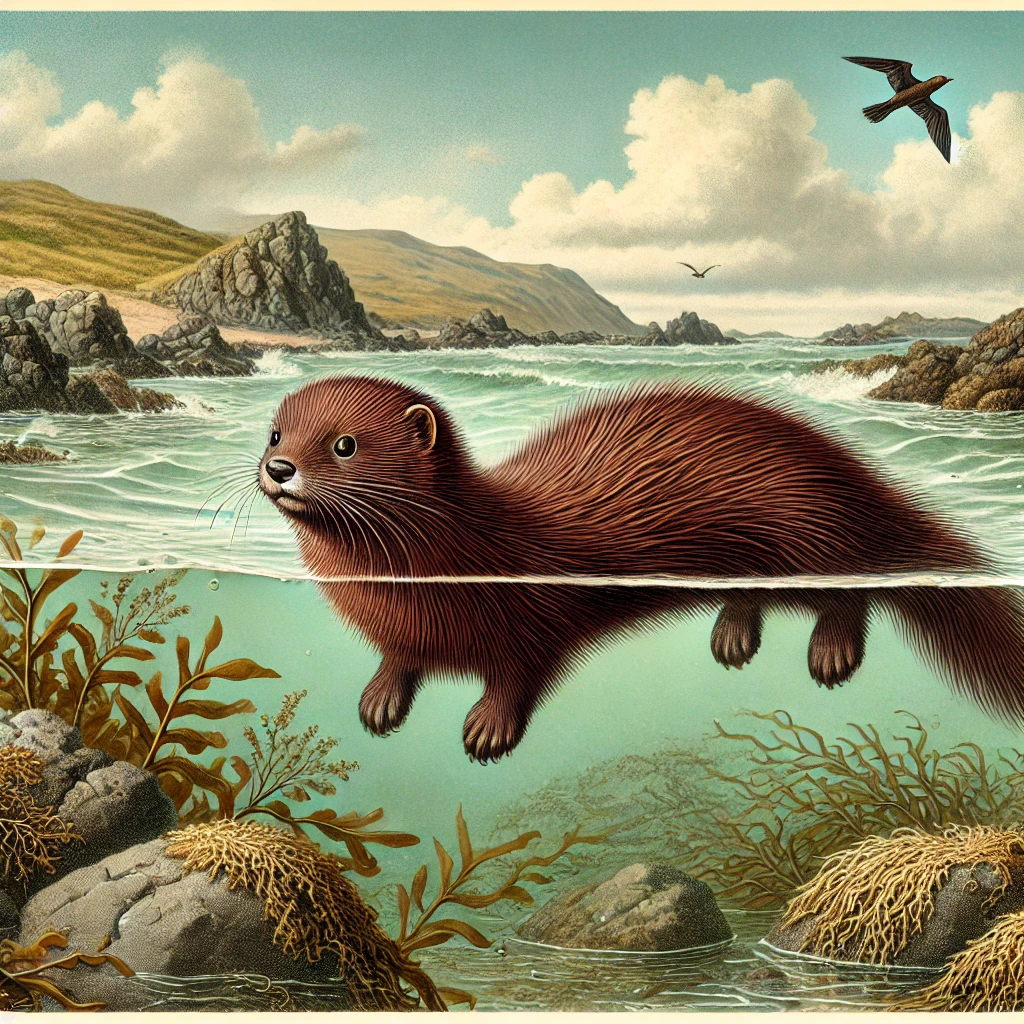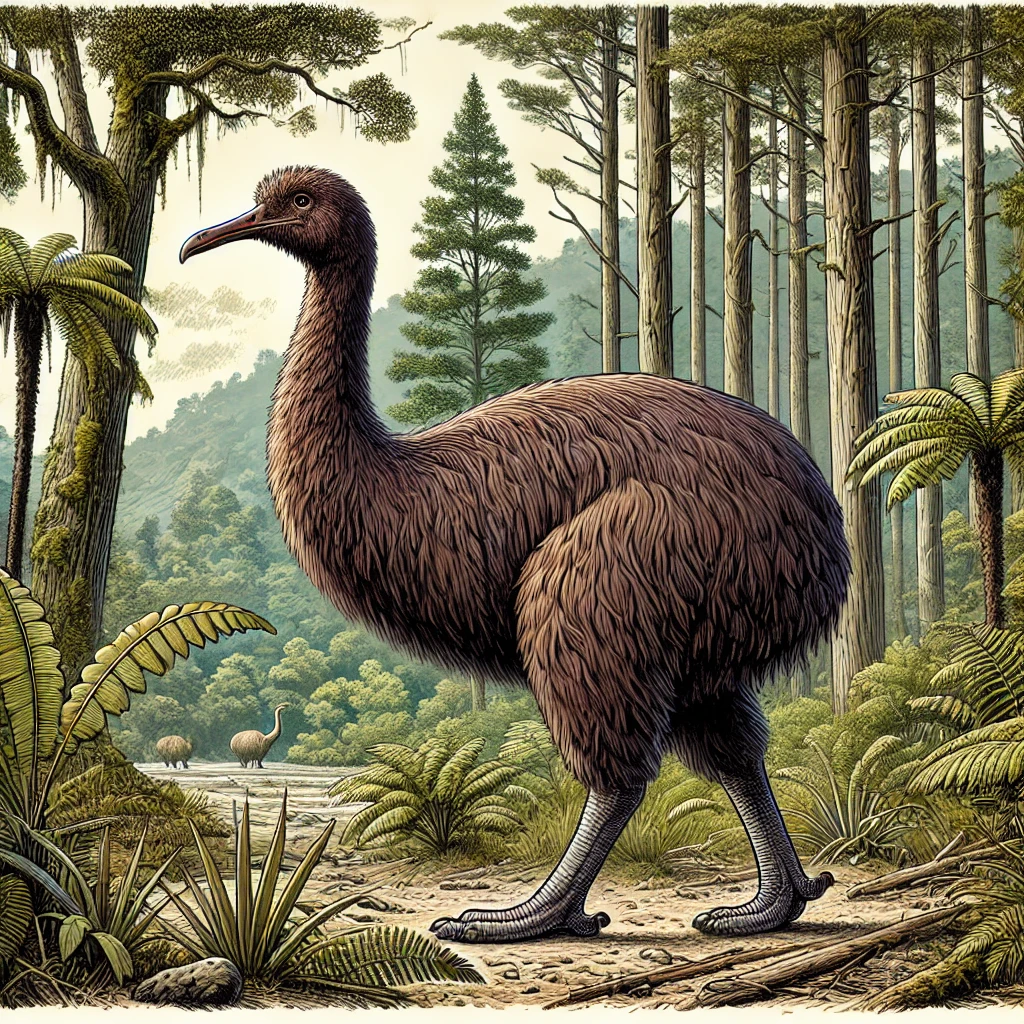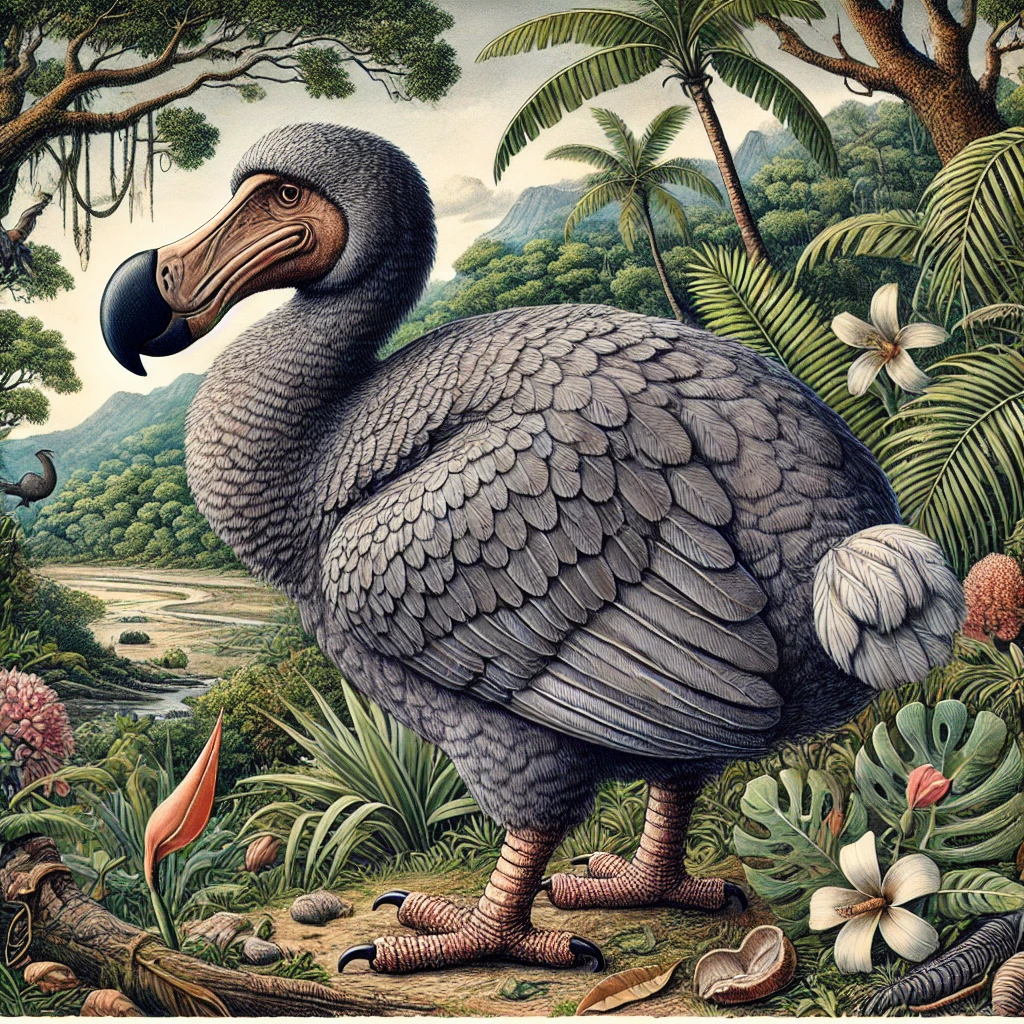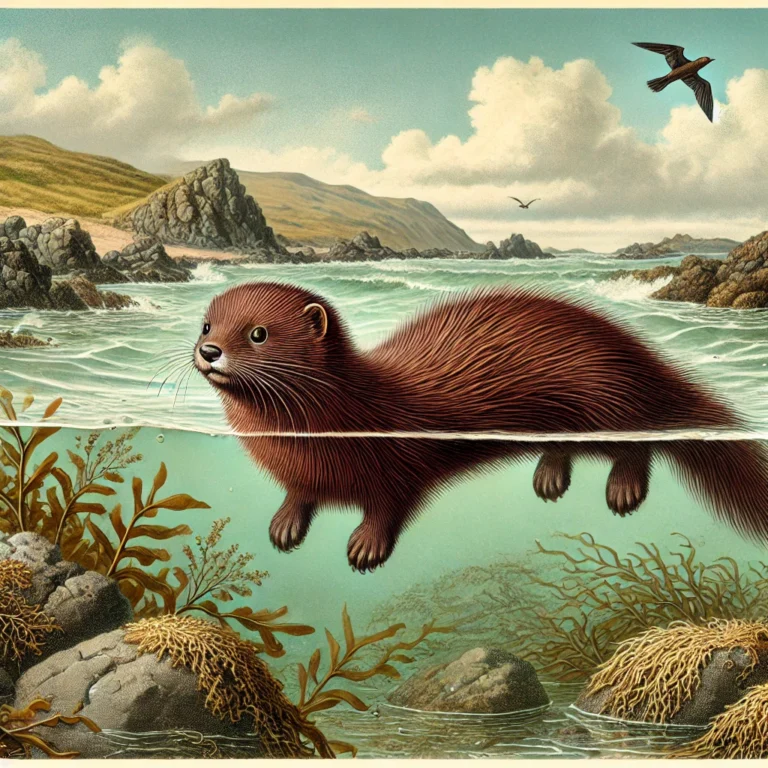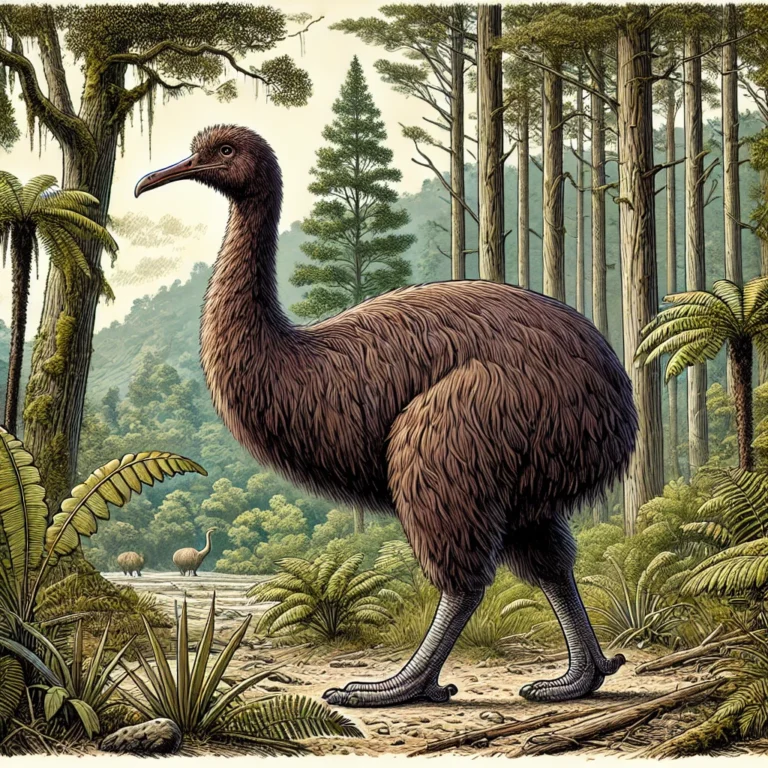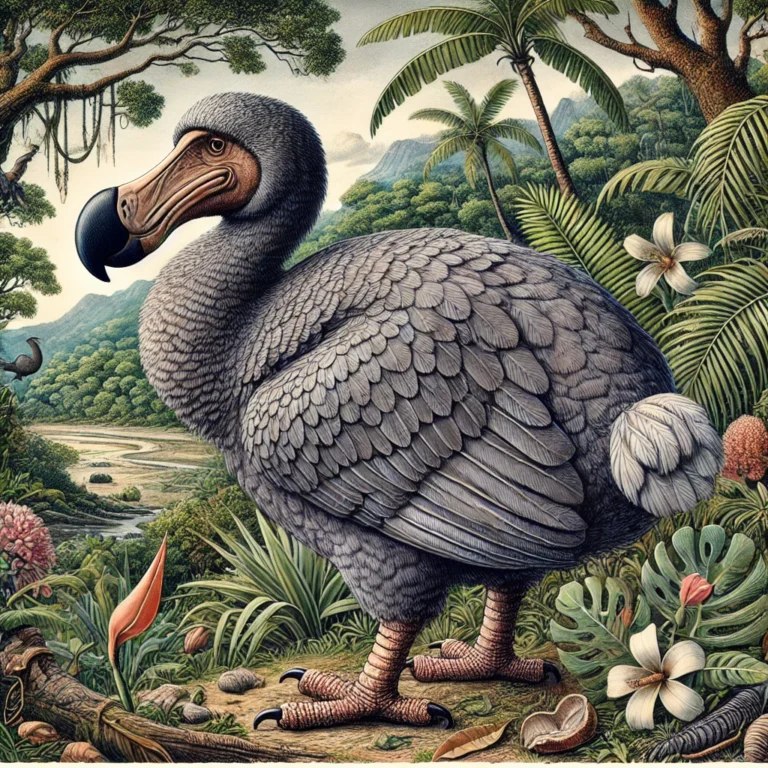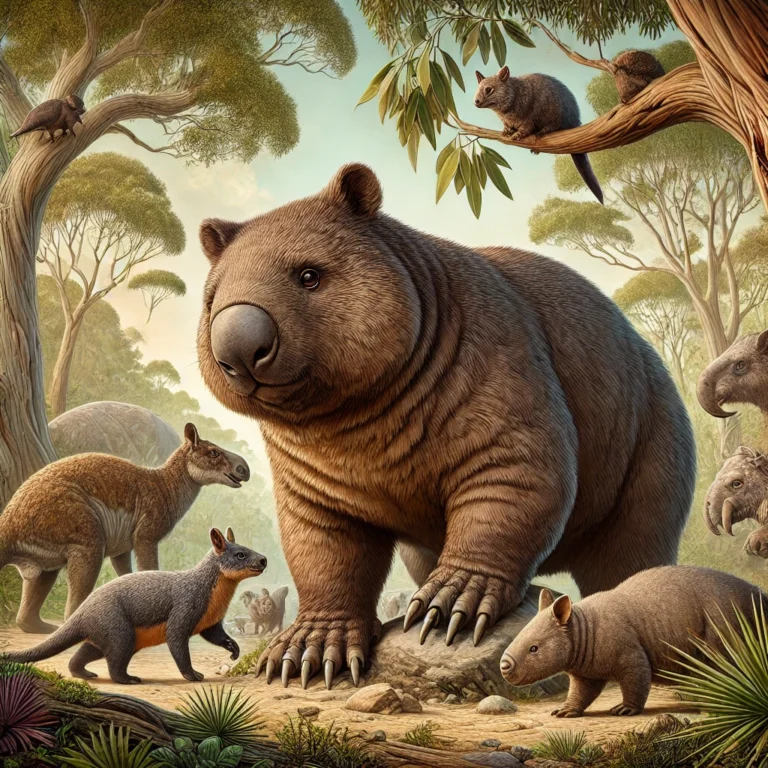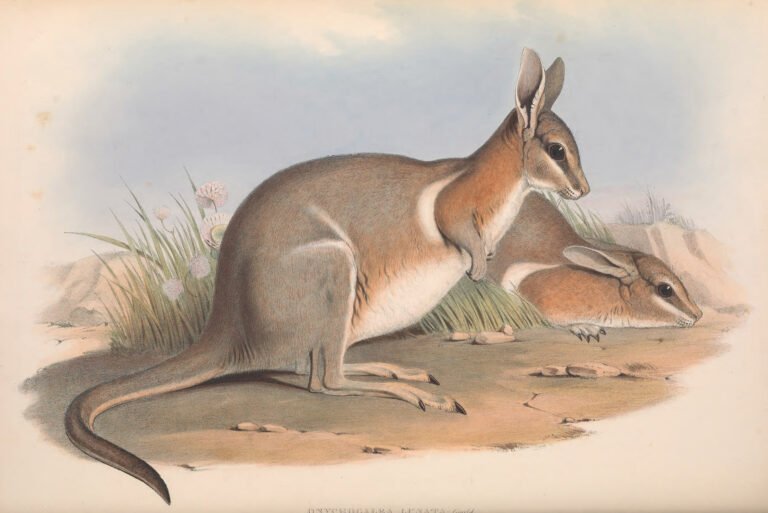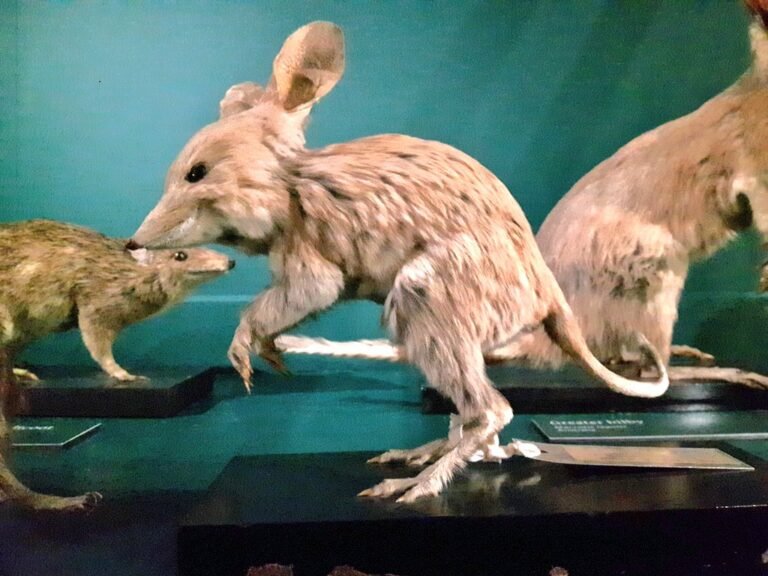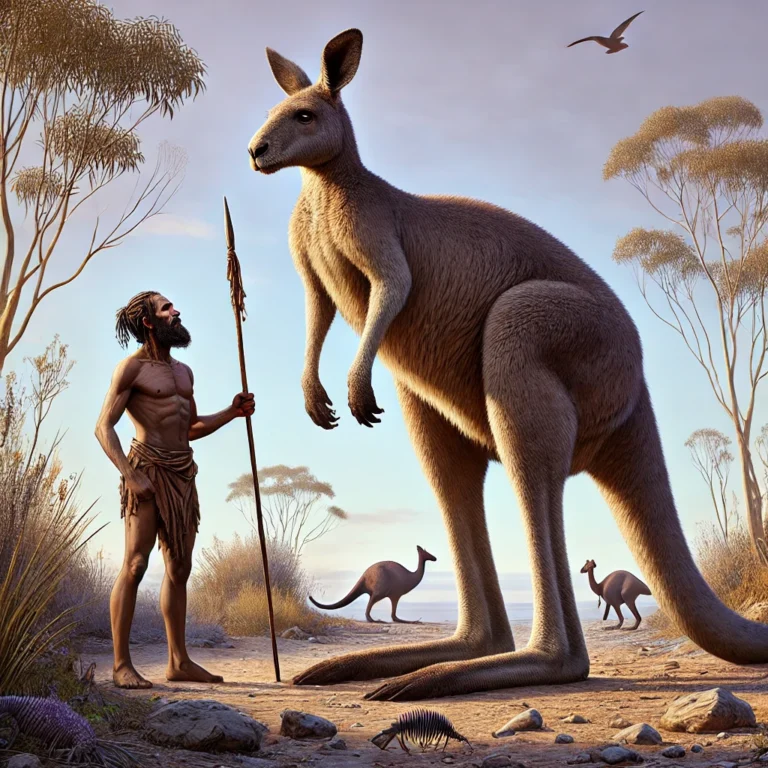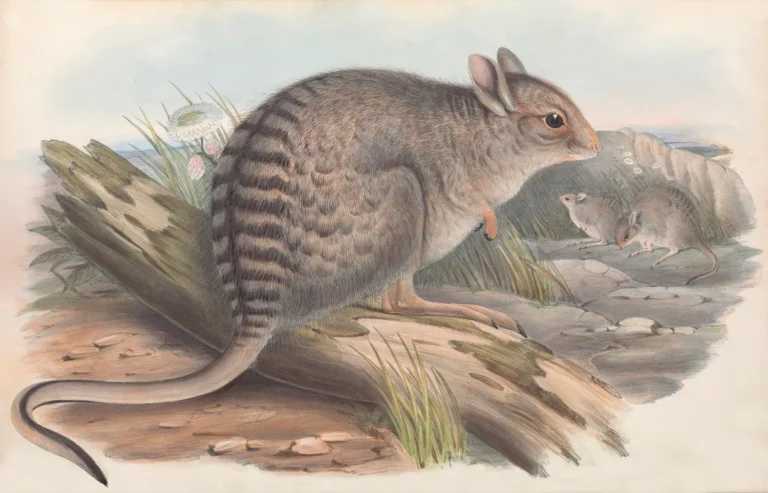Rediscovering the Syrian Elephant: A Colossal Figure of the Ancient World
Introduction:
The Syrian Elephant, scientifically known as Elephas maximus asurus, was a subspecies of the Asian elephant that once roamed the forests and grasslands of the ancient Middle East. Known for its massive size and strength, the Syrian Elephant played a crucial role in the ecosystems and cultures of the region. However, due to overhunting, habitat loss, and human encroachment, this magnificent creature was driven to extinction around 100 BC. Its legacy continues to influence our understanding of ancient wildlife and the impact of human activities on large mammals.
Facts:
| Attribute | Details |
|---|---|
| Scientific Name | Elephas maximus asurus |
| Common Names | Syrian Elephant |
| Year Declared Extinct | Approximately 100 BC |
| Kingdom | Animalia |
| Phylum | Chordata |
| Class | Mammalia |
| Order | Proboscidea |
| Family | Elephantidae |
| Genus | Elephas |
| Species | E. maximus |
| Natural History and Origin | Native to the forests and grasslands of the ancient Middle East |
| Physical Information | Large size, similar to modern Asian elephants |
| Appearance | Large ears, long trunk, and prominent tusks |
| Scientist Names | Described by ancient historians and confirmed by modern paleontologists |
| Region | Middle East, including areas of modern-day Syria, Iraq, and Iran |
Appearance:
The Syrian Elephant was similar in appearance to the modern Asian elephant but slightly larger and with more pronounced features. It had large, fan-like ears, a long, muscular trunk, and prominent tusks. Its body was covered in coarse, sparse hair, and its skin was thick and gray. The elephant’s size and strength made it a dominant presence in its habitat, capable of altering the landscape through its feeding and movement.
Distribution:
Historically, the Syrian Elephant inhabited the forests and grasslands of the ancient Middle East, including regions of modern-day Syria, Iraq, and Iran. These areas provided the necessary food and water resources for the large herds of elephants that once roamed the region.
Habits and Lifestyle:
Syrian Elephants were social animals, living in herds led by a matriarch. These herds consisted of females and their young, while males typically lived solitary lives or formed small bachelor groups. The elephants were known for their complex social structures and communication methods, including vocalizations, body language, and tactile interactions. They played a crucial role in their ecosystem by dispersing seeds and creating clearings in forests.
Physical Characteristics:
The Syrian Elephant was distinguished by its large size and distinctive physical features. Its tusks were long and curved, used for digging, foraging, and defense. The elephant’s trunk was a versatile tool for feeding, drinking, and social interactions. Its large ears helped regulate body temperature and communicate with other elephants.
Diet and Nutrition:
As herbivores, Syrian Elephants had a diverse diet that included grasses, leaves, bark, fruits, and roots. They were known to consume vast amounts of vegetation daily to sustain their large bodies. Their feeding habits helped maintain the ecological balance by promoting plant growth and creating habitats for other species.
Behavior:
Syrian Elephants exhibited a range of complex behaviors, including social bonding, cooperative care of young, and sophisticated communication. They were highly intelligent animals with strong memories and problem-solving abilities. The herds were led by experienced matriarchs who guided the group to water and food sources, especially during dry seasons. The elephants’ behavior was integral to the health of their ecosystem, as they created pathways and clearings that benefited other wildlife.
Cause of Extinction:
The extinction of the Syrian Elephant around 100 BC was primarily due to overhunting and habitat loss. The elephants were hunted extensively for their ivory and as war animals by ancient civilizations. Additionally, the expansion of human settlements and agricultural activities led to significant habitat destruction, reducing the availability of food and water resources for the elephants. These pressures ultimately led to the decline and extinction of this magnificent species.
FAQs:
| Question | Answer |
|---|---|
| What led to the extinction of the Syrian Elephant? | Overhunting and habitat loss. |
| When did the Syrian Elephant go extinct? | Approximately 100 BC. |
| What did the Syrian Elephant eat? | Its diet included grasses, leaves, bark, fruits, and roots. |
| Why is the Syrian Elephant significant? | The Syrian Elephant is a symbol of the ancient wildlife of the Middle East and provides insights into the region’s ecological history. |
| Are there any efforts to study the Syrian Elephant? | Ongoing paleontological research continues to uncover new information about the life and extinction of the Syrian Elephant. |
Categories:
- Extinct Mammals
- Ancient Wildlife
- Paleontological Research
- Middle Eastern Ecosystems
-
Sea Mink: The Lost Predator of the North Atlantic
Rediscovering the Sea Mink: An Extinct Coastal Hunter Introduction: The Sea Mink, scientifically known as Neogale macrodon, was a large,…
-
Moa: The Extinct Giants of New Zealand
Exploring the Moa: New Zealand’s Lost Giants Introduction: The Moa, belonging to the order Dinornithiformes, were a diverse group of…
-
Dodo: The Iconic Symbol of Extinction
Unraveling the Dodo: The Lost Bird of Mauritius Introduction: The Dodo, scientifically known as Raphus cucullatus, was a flightless bird…
Views: 13
